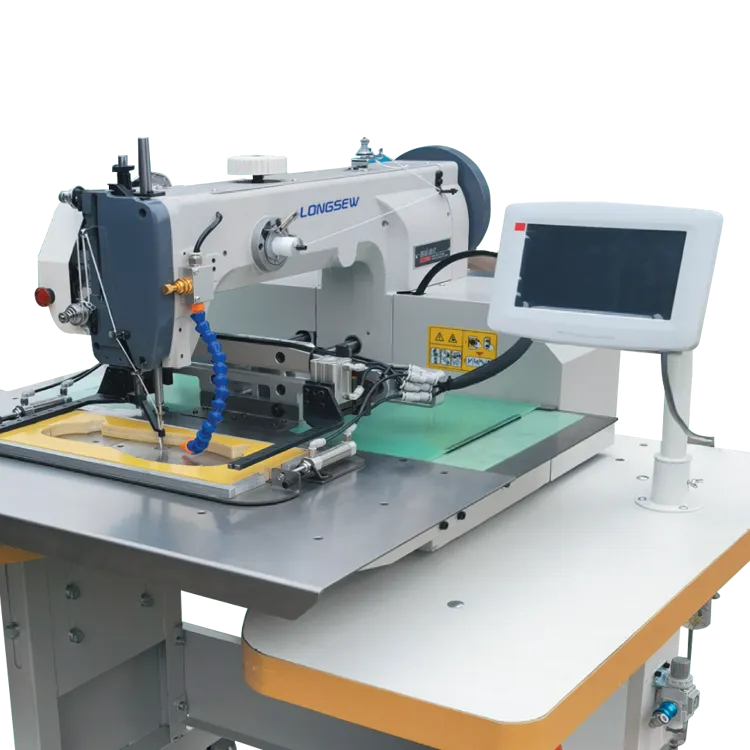what is the difference between coverstitch and overlock
Understanding the Differences Between Coverstitch and Overlock Machines
In the world of garment construction and sewing, coverstitch and overlock machines are vital tools that offer distinct functionalities. Both are essential for achieving professional-looking finishes, but they serve different purposes and employ different stitching techniques. Understanding the differences between these two types of machines can help sewists choose the right one for their projects.
What is an Overlock Machine?
An overlock machine, often referred to as a serger, is primarily designed to finish the edges of fabric to prevent fraying and unraveling. It achieves this by trimming the excess fabric while simultaneously encasing the raw edge with a series of overlock stitches. Overlock machines typically use multiple threads, often ranging from three to five, to create a secure and durable seam. The most popular stitch configuration is the 4-thread overlock, which provides excellent stretch and strength, making it ideal for knit fabrics and woven materials alike.
The key feature of an overlock machine is its ability to work quickly and efficiently, making it a favorite among those who sew garments regularly. The machine is designed to create smooth seams that can stretch along with the fabric, which is particularly important for activewear and other clothing items that require flexibility. While the primary function of an overlock machine is seam finishing, it can also be used for constructing seams, gathering, and even creating rolled hems.
What is a Coverstitch Machine?
what is the difference between coverstitch and overlock

On the other hand, a coverstitch machine is specifically designed to create a coverstitch, which is a type of stitch commonly used to finish hems and necklines in knit fabrics. This machine usually features a two or three needle setup for creating the parallel rows of stitching on the front of the fabric and a locking stitch on the back, which is essential for maintaining the stretch of the garment. Coverstitch machines are particularly useful for hemming t-shirts, leggings, and other stretchy apparel, as they allow for a professional finish without compromising the flexibility of the fabric.
A significant advantage of using a coverstitch machine is its flatlock capabilities, which allow for the creation of decorative seams as well. This feature is particularly popular in sportswear and activewear, where visual appeal is just as important as functionality. Unlike overlock machines, coverstitch machines do not trim the fabric, making them ideal for finishing hems after the garment has been sewn together.
Key Differences
The primary difference between coverstitch and overlock machines lies in their functionality overlock machines excel in edge finishing and seam construction, while coverstitch machines specialize in providing professional hems and decorative stitching.
Another notable difference is their stitching capabilities. Overlock machines create a stitch that wraps around the edges of the fabric, ensuring that they remain secure and free from fraying. In contrast, coverstitch machines produce parallel rows of stitching that do not encase the edge but rather create a clean, flat finish.
In summary, both coverstitch and overlock machines play crucial roles in sewing, particularly when it comes to creating high-quality garments. Choosing the right machine will depend on the specific needs of your project. If you primarily work with knit fabrics and require a professional finish for hems, a coverstitch machine is your best bet. Conversely, if you are looking to finish raw edges and construct seams efficiently, an overlock machine should be your go-to tool. Understanding these differences will ultimately enhance your sewing experience and elevate the quality of your finished garments.
-
Industrial Cylinder Arm Sewing Machine: Revolutionizing Heavy-Duty SewingNewsJul.28,2025
-
Cylinder Arm Sewing Machine: Perfect for Special Sewing ApplicationsNewsJul.28,2025
-
Cylinder Bed Sewing Machine: Essential for Sewing Complex MaterialsNewsJul.28,2025
-
Heavy Duty Sewing Machine: The Essential Tool for Industrial ApplicationsNewsJul.28,2025
-
Computerized Pattern Sewing Machine: Revolutionizing Precision StitchingNewsJul.28,2025
-
Heavy Duty Industrial Sewing Machine: Power Meets PrecisionNewsJul.28,2025
-
Leather Sewing Machine: The Industrial Standard for Tough MaterialsNewsJul.18,2025





























